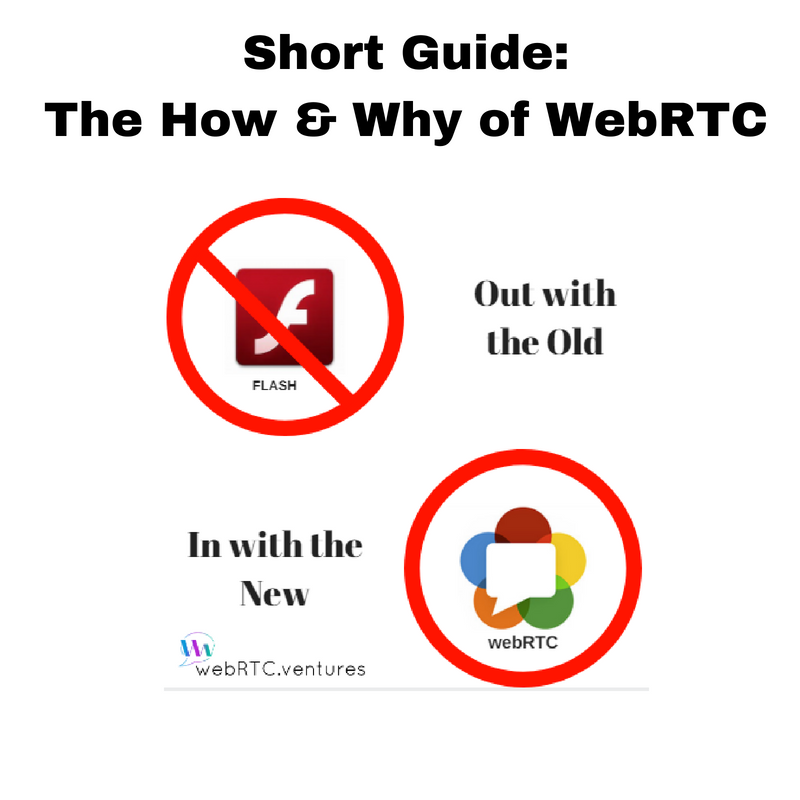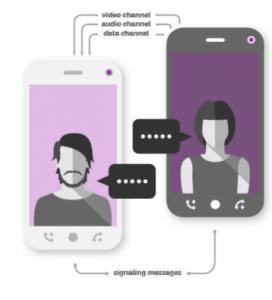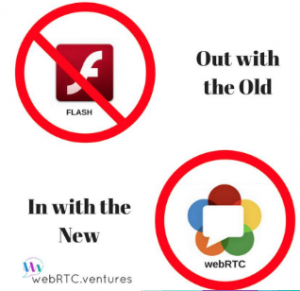Before WebRTC, (Real Time Communication over the Web) we should remember that previously, in order to communicate with other people over the internet using video and audio (a.k.a. a “Video Call”), the first thing you needed to do was install additional software.
So, imagine the situation: You go to Google and type something like ‘How do I install software X’.
In the perfect world, you would get official download links from a vendor’s website, however if this was not the case, you would have to ensure that both, the download and the software, were reliable or you would end up with a gang of malware taking control of your computer.
If everything went well, after the download and a Next-Next-Next clicking process, you would have your software installed and ready to enter in your login credentials and go live. Yet, of course all your friends would also need to install the same software to be able to talk with you.
Everything is good as long as they’re using a compatible environment, such as operating system and architecture.
But there is a problem, usually this type of software is owned by companies that only offer support to specific devices and platforms.
Those that do not have access to these platforms and devices have limited options. This means that if you want to do business using these communication services, your market is reduced to a subgroup of users.
The How & Why of WebRTC
But everything changed when the flash nation attacked!
Flash appeared and all the cool kids began to implement it on their communication solutions.
Soon the need for external software other then browser, and compatibility problems were disappearing and the balance was restored in the force.
But this came with a cost, all the responsibility was given to an unique piece of software, the Flash plugin, developed and maintained by only one company.
This is a big responsibility in an environment full of threats and other hazards.
Over the years, issues were occurring one after the other, and this drove some of the big companies to abandon flash road and search for other solutions.
A few of them had a brilliant idea- what if we could design something that wouldn’t depend on installing anything? In other words, native and with a more open development? Like what we know as WebRTC.
WebRTC works natively as in you-don’t-need-to-install-anything and open as in everyone-is-welcomed-to-help.
Contact Us to Learn More!
Do you want to enable your own communications platform based on WebRTC? Do you need more information on how to have WebRTC work in your web application? We have an experienced team ready & happy to help you out. Contact us today!








